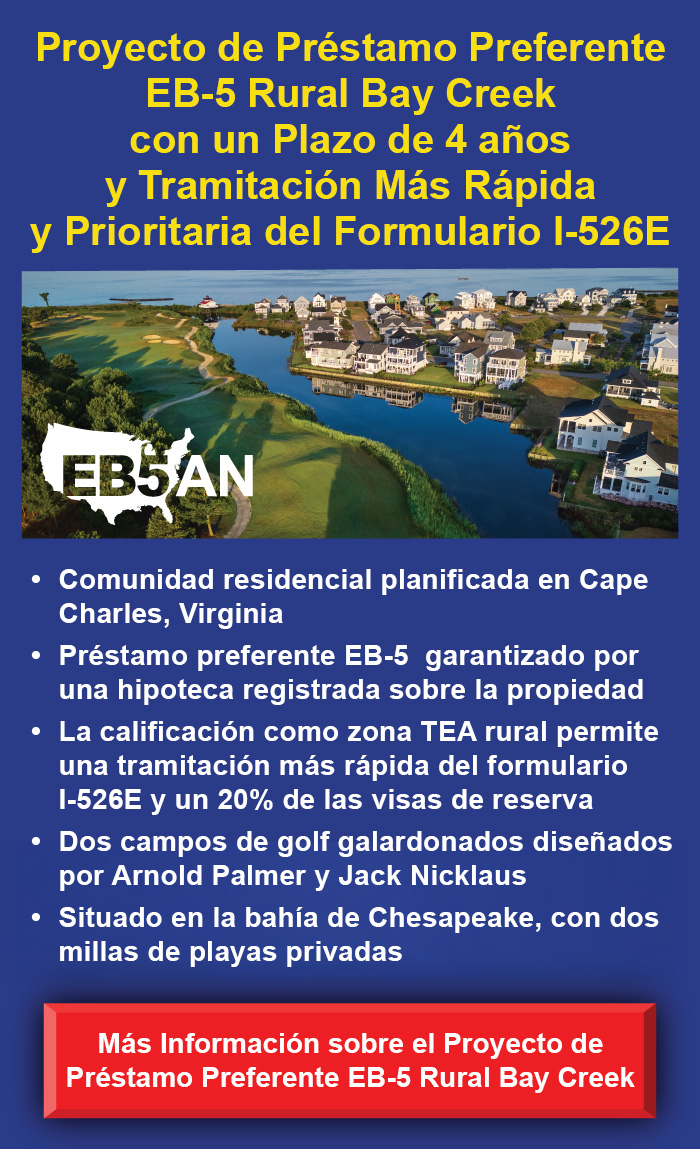The EB-5 regional center is one of just two pathways to make EB5 investments in the EB-5 Immigrant Investor Program. This path is an indirect method of investment, while the other method is to directly invest capital in a qualified EB-5 project. Both routes will lead to the same destination upon successfully meeting EB-5 investment requirements: investors will secure permanent resident status in the United States for themselves as well as eligible family members.
That said, a program participant’s journey through their EB5 investment may look different depending on which pathway they choose. Direct investors tend to enjoy a more hands-on approach to their investments, taking on a greater role in managing the day-to-day operations of the new commercial enterprise (NCE). They typically seek to exercise more control over their investments. Regional center investors, on the other hand, typically prefer less managerial obligations at the NCE and enjoy the more relaxed job-creation requirements United States Citizenship and Immigration Services (USCIS) reserves for regional centers.
By and large, investing through regional centers has proven to be the preferred path among participating foreign investors. Unfortunately, though, the EB-5 Regional Center Program is not actually a permanent one. Instead, it has simply been extended continuously by the government, and its temporary status leaves this popular program open for potential termination in the future. As record numbers of terminations in 2019 and 2020 demonstrate, individual regional centers’ approved status isn’t necessarily set in stone, either.
Record Numbers of Regional Center Terminations
In 2018, the EB-5 Regional Center Program peaked at around 800 regional centers from coast to coast in the United States. Unfortunately, the total number of operating regional centers has dramatically fallen since then. The catalyst for regional center owners’ issues can be traced back to November 2019, when a major shift occurred.
In November 2019, the Modernization Rule kicked in, changing how targeted employment areas (TEAs) are designated. This rule also almost doubled the minimum EB-5 investment required to participate in the program to $1.8 million. Despite a reduced investment requirement of $900,000 when projects are located in a designated TEA, the vast increase did result in diminished program interest among investors overall. Together, these two shifts set in motion the massive terminations of EB-5 regional centers.
By March 2020, 28 approved regional centers had already been shuttered. When the COVID-19 pandemic struck, it proved too much: A crippled economy, destroyed livelihoods, and a temporary pause on routine visa processes across U.S. embassies and consulates ended an additional 44 regional centers fairly quickly. In August 2020, phased reopening measures began, and U.S. embassies and consulates resumed visa processes, but the COVID-19 pandemic continued to ravage parts of the globe. Another 36 EB-5 regional centers closed.
As of October 2020, the program only includes 678 approved EB-5 regional centers, after another 14 met their demise since August. While the break-neck speed of terminations seems to be slowing, there have been no indicators of a reverse in this trend anytime soon. So what does this mean for foreign nationals participating in the EB-5 investment program now? Due diligence is even more imperative to their success.
Due Diligence Is Key to Investing in EB-5 Regional Centers Today
The need for meticulous due diligence on the part on prospective investors in the EB-5 program has never been more evident than now. Foreign nationals who have placed their capital in EB5 investments with any of the 100+ regional centers that have been terminated are now facing serious complications on their journeys. To avoid the same fate, new EB-5 investors should consider several factors in advance.
Six Questions That Can Help EB-5 Investors Choose a Regional Center
While these aren’t the only factors every EB-5 investor should consider, being able to answer the following six questions positively will go a long way in helping them decide whether to move forward with a particular regional center.
- What kind of track record does the center have?
- Does the success rate of its previous investors stack up against other centers?
- Are the current projects similar to previous ones?
- Is the center still working with the same project developers it has before?
- What kind of track record does its long-standing developers have?
- How many of its I-526 and I-829 submissions have ultimately been approved by USCIS?
Where Investors Go for Sound Advice on Selecting an EB-5 Regional Center
Those initial six are big questions that could involve quite a bit of document review. But that is what meticulous due diligence is all about. Once you answer these overarching questions, there are even more that will likely come up during your process of reviewing each center you are considering. One way to shore up your evaluations is by partnering with an EB-5 immigration attorney with a solid track record for working with EB-5 regional centers. They can offer a myriad of advice and recommendations on how to determine whether a particular regional center can help program participants meet their EB-5 investment goals.


